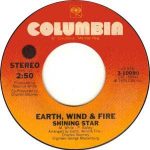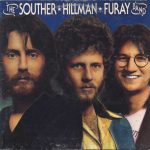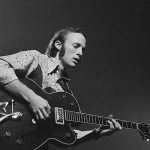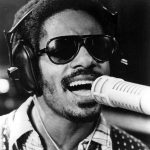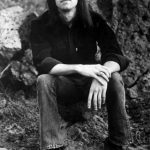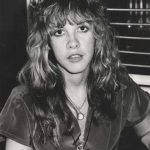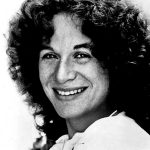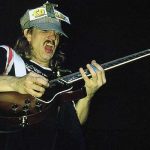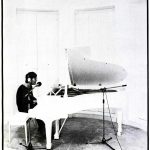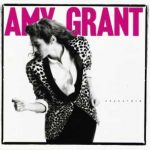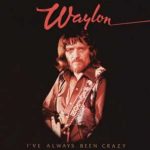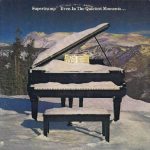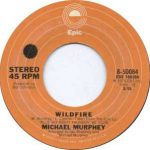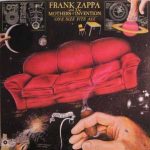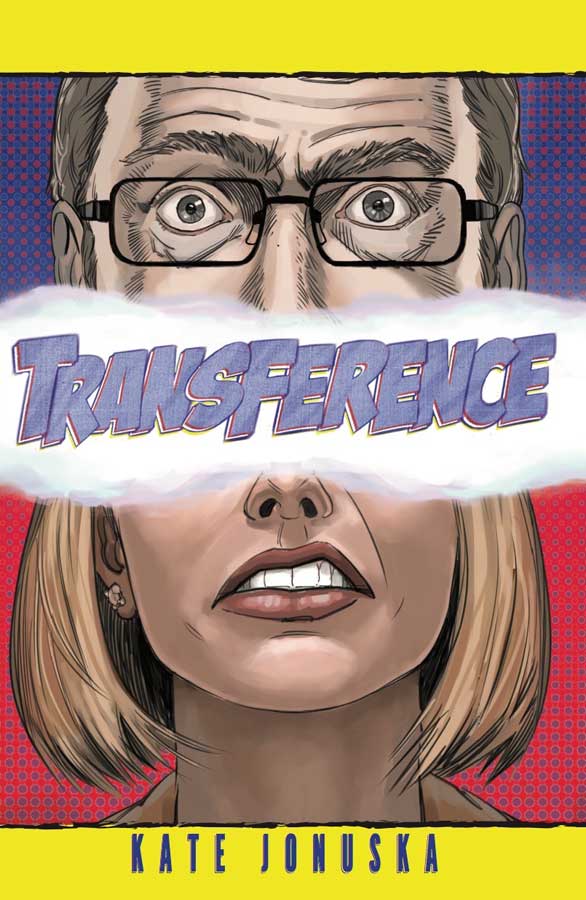Caribou Ranch Recording Studio: A Short History
31 Aug 2017
The iconic recording studio at the foot of the Front Range hosted some of the biggest names in the music business.
By Dave Kirby In a touching but oddly melancholic video tribute from 2015, a local YouTube documentarian steps through some rooms of musical instruments and furniture and, with the help of one of the employees from Leslie Hindman Auctioneers, narrates what could arguably be the final farewell to the iconic Caribou Ranch recording studio.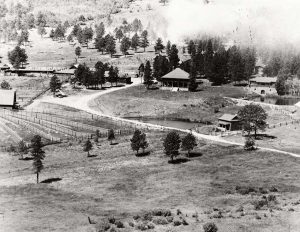
Caribou’s Mining Background
As a named place, Caribou first came to life, like much of the Front Range, as a mining town in the mid-19th century, when a rich silver vein was discovered along a small creek draining the high peaks of the Front Range. The town itself grew quickly to about 3,000 inhabitants by the mid 1870s, but the vein had grown stingy, a fire destroyed much of the town in 1879 and silver prices dropped. Despite a few efforts to restart the mine, the town was eventually abandoned. It’s now the Front Range’s best-known ghost town, barely a few skeletal walls and home foundations visible above ground. A tiny cemetery up the hill from the townsite sits quietly in the trees, resolute against the chill high-country winds. Not far from the townsite, another set of dreams came to life in 1971. Jim Guercio, a Chicago-born recording engineer from Los Angeles and manager of the up-and-coming band Chicago, who at a young age had worked as a session musician and erstwhile road guitarist for the Beach Boys and others, purchased a parcel of 4,000 acres to build a recording studio, with the audacious idea that the facility could be something like a “destination” studio for musicians to escape the noise and industry shackles of Los Angeles and New York. While the studio was still under construction, guitarist Joe Walsh, who had recently quit The James Gang, was working on a new record in Nederland with producer Bill Szymczyk. Both had moved to Colorado and had heard that a new studio was going up nearby. When an equipment failure at Walsh’s house put his new record on hold, they went up to Guercio’s place to see if they could finish it there. The place was far from finished—the floors were still dirt—but Walsh and Szymczyk managed to complete Walsh’s record, and the flagship single “Rocky Mountain Way”—still a staple on classic rock radio to this day—put Caribou on the map. It would be hard at this vantage point to overstate how isolated Caribou appeared for the pop-music industry at that time. Artists who had cut their teeth on playing clubs and working on their records in the big city were leery of taking a trip into the forests of high-country Colorado, and despite Walsh’s success, Caribou started slowly. Guercio’s band Chicago recorded several records there, and eventually Elton John found Caribou, recording several of his albums there, even naming one after the place. Caribou established its reputation for a particular sound, an uncommon and liberating clarity that seemed to distinguish it from its peer studios at sea level, and as the hits started flowing, more and more artists were drawn there. The roster of musicians who recorded at Caribou, almost 200 in total, is a stunning who’s who of pop music’s biggest names of that era. Stephen Stills, Earth, Wind & Fire, Steely Dan, Michael Jackson, Carole King, The Beach Boys, Supertramp, Waylon Jennings, Frank Zappa, Stevie Wonder, Rick Derringer, Stevie Nicks. It’s been conservatively estimated that Caribou produced albums that sold 100 million units. Probably a lot more—no one’s really sure. And the stories are now firmly embedded in lore. Vocalists found they could sing in a higher pitch, at least the ones not grasping for the oxygen tanks. The oft-repeated story of Stevie Wonder driving Elton John’s songwriting partner Bernie Taupin around the ranch (think about that for a moment) seems to have several variations. John Lennon was up there in 1974, hanging around with Elton John and taking a day to drive down to Boulder to buy Western wear and sign a few autographs. After their sessions, some musicians would wander down to the Pioneer Inn to jam with the locals, shoot pool or just kill some time. There’s a display of pictures from that era still up on one of the walls at the PI.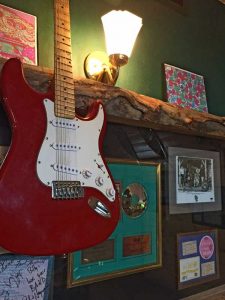
Musical Synergy with Boulder
The rise of Caribou’s success mirrored the growing Boulder scene as well, as the town gained a reputation for being a musical hotbed of activity. Bands like Firefall and Zephyr gained national prominence at the same time that some of rock’s royalty could be spotted being chauffeured up the canyon in limousines. What had been a relatively sleepy college town—a dry town, no less—was becoming an unlikely center of musical synergy. Still, Caribou was not immune to some of the excesses of the big-money music-making machine. The place was sometimes treated with less than careful respect by some of the artists, and the drug scene was starting to foster chaotic sessions and out-of-control spending. Guercio himself became gradually disenchanted with the music business, and he grew increasingly uncomfortable raising kids around the party atmosphere that often attended bands on a recording vacation at Caribou. In March 1985, a space heater sparked a fire that all but completely destroyed the studio’s control room. The fire caused about $3 million of damage, and rather than rebuild, Guercio closed Caribou’s doors. Amy Grant’s Unguarded album was Caribou’s last production. A bit of side-project activity followed—guitarist Jeff Beck did a little remote recording there in the mid-’90s—but some of the ranch property was sold out in bits to the city and county. The rest of the ranch, about 1,400 of the original 4,000 acres, went up for sale and was purchased by a holding company owned by the Walton (Walmart) family in June 2014 for $32 million. The auction in January 2015 essentially ended Caribou’s story, 30 years after the music stopped. This August, the Colorado Music Hall of Fame hosted an induction concert event at Fiddler’s Green Amphitheater honoring the late Dan Fogelberg, Joe Walsh and Barnstorm, and Caribou Ranch. Walsh reunited with his old bandmates for the first time in many years, and artists like Amy Grant, the Nitty Gritty Dirt Band and Richie Furay, all Caribou veterans, performed as well, in loving tribute to that funky ranch up in the hills. Editor’s Notes:- The Rocky Mountain News and Daily Camera contributed to this story.
- "Final Farewell To Caribou Ranch AMERICAN MUSIC ROAD TRIP," the YouTube video mentioned in this article's introduction, was shot by Russ Wright. You can see it at https://www.youtube.com/watch?v=6Jb-02FmWuY&t=68s.
Dave Kirby has been writing about music for various publications since 1978. He lives in Boulder with his wife and their two dogs.

